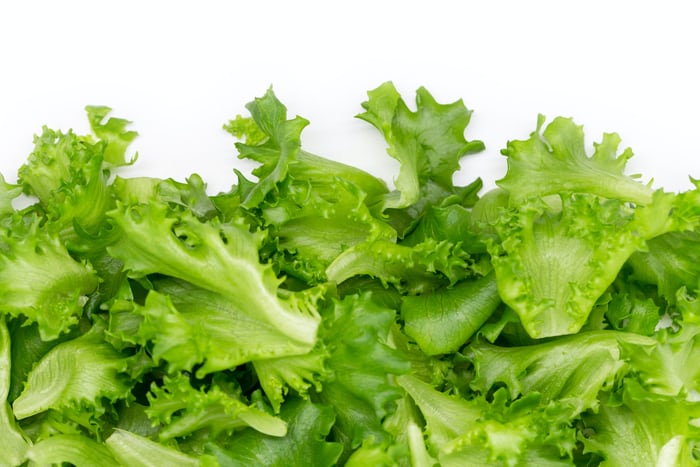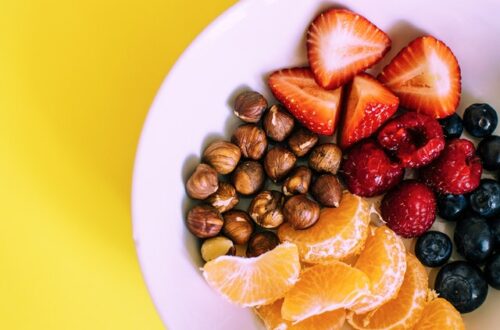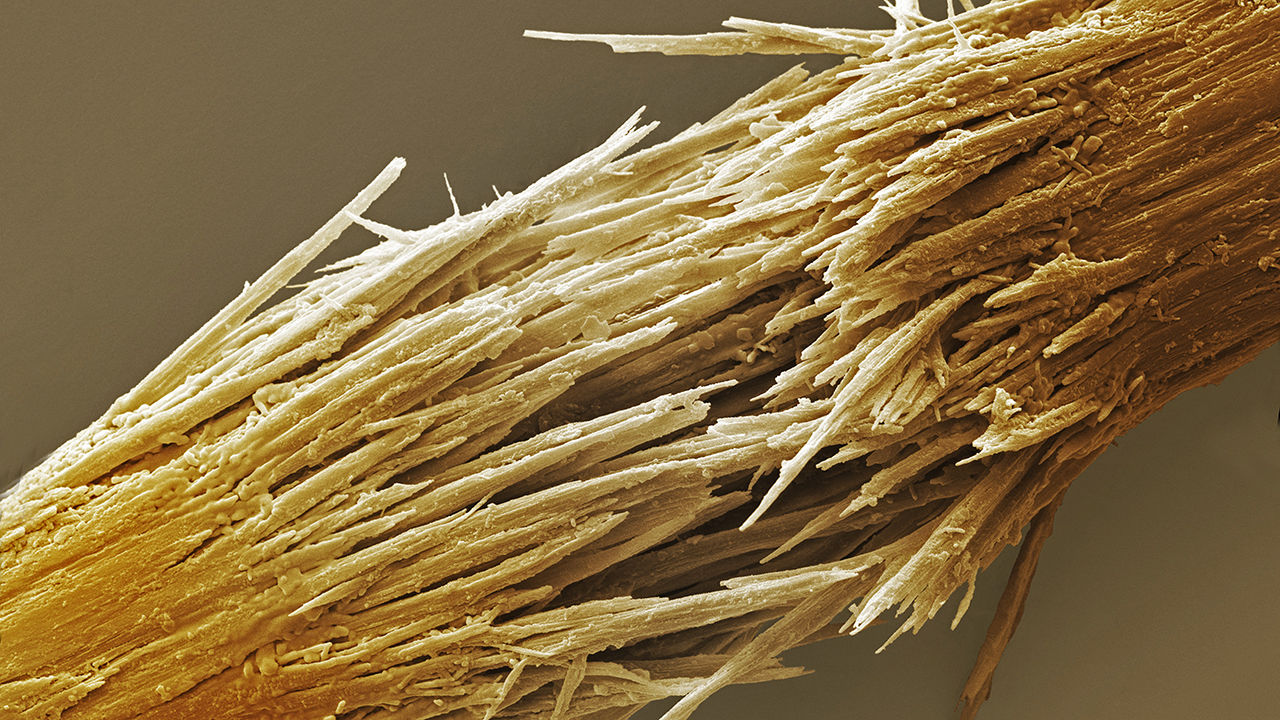Not all lettuce is healthy, thus not all lettuce is created equal. While no lettuce is detrimental to your health, some are definitely healthier than others.
For instance, one lettuce type that offers very little to no nutritional value is iceberg lettuce. Due to its high water content, iceberg lettuce is significantly less nutritionally dense than dark leafy greens types. Iceberg lettuce does however provide calcium, potassium, vitamin C, and folate. It just doesn’t offer these nutrients in abundance placing it at the bottom of the lettuce barrel.
Another nutrient deficient lettuce type is arugula. Despite it’s wonderful peppery flavor, arugula doesn’t offer much else. It too ranks at the bottom in terms of nutritional value. According to the USDA, aside from it’s trace amounts of vitamin A, vitamin C, iron, and calcium arugula just doesn’t quite cut it.
On the other hand, there are other lettuce types that offer a significantly bigger nutrient bang. Those are the darker leafies. The darker the leaf the better the nutritional value. So for the most nutritional bang in your next salad bowl consider any of the following.
Kale
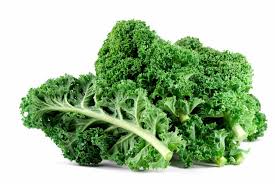
Kale is a great source of vitamins A, C, E, K and B vitamins. It’s also rich in antioxidants, magnesium, phosphorus, iron, fiber and calcium. Medical News Today reports that kale may essentially help manage blood pressure, boost digestive health, and protect against cancer and type 2 diabetes.
Spinach
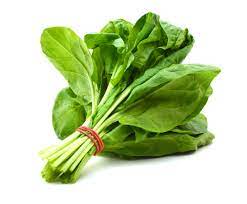
Spinach is among the dark leafies that is packed with nutrients. Spinach offers vitamins A, C and K. It is also rich in fiber, folate, manganese, magnesium, and vitamin B2. Yet the most prominent attribute of spinach is that it is exceptionally rich in iron. Meanwhile, spinach additionally contains several important plant compounds, including lutein (which improves eye health), kaempferol (decreases risk of cancer and chronic diseases), nitrates (promotes heart health), quercetin, and zeaxanthin (improve eye health).
Beet Greens
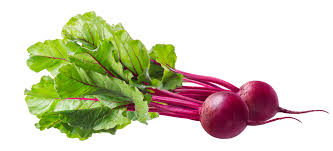
Not only are beet roots edible, but so are its’ green leaves. Beet greens have been reported to boost immunity via it’s exceptionally high content of vitamin C. Beet greens have also been said to support eye, skin, bone and teeth health via both its rich vitamin C and K content.
Swiss Chard
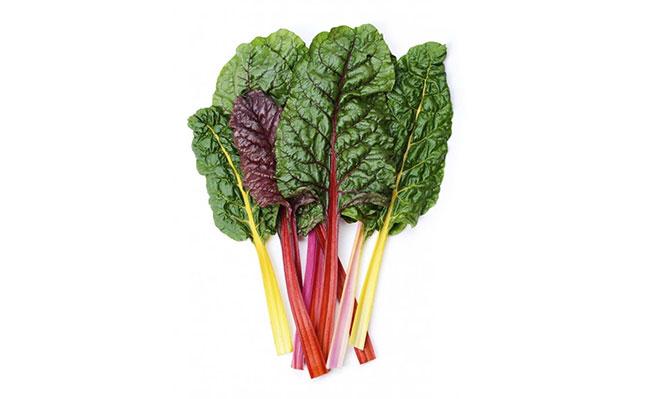
Swiss chard is very nutritionally dense. In fact, according to Healthline just one cup of swiss chard contains the following:
- Calories: 35
- Protein: 3.3 grams
- Carbs: 7 grams
- Fiber: 3.7 grams
- Vitamin A: 214% of the Reference Daily Intake (RDI)
- Vitamin C: 53% of the RDI
- Vitamin E: 17% of the RDI
- Vitamin K: 716% of the RDI
- Calcium: 10% of the RDI
- Copper: 14% of the RDI
- Magnesium: 38% of the RDI
- Manganese: 29% of the RDI
- Iron: 22% of the RDI
- Potassium: 27% of the RDI
As you can see a cup of swiss chard goes a long way. It’s also high in antioxidants including polyphenols, vitamin C, vitamin E and carotenoid plant pigments, such as beta-carotene. Additionally, swiss chard has been associated with lowering blood sugar by way of it’s high fiber content.
Mustard Greens
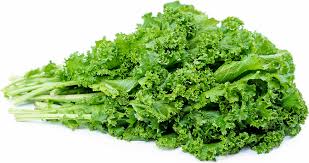
Mustard greens are more than those deliciously peppery-tasting greens that light up your plate during the holidays. Mustard greens are packed with energy-boosting, heart-healthy, disease-fighting nutrients. They are also a great source of calcium, magnesium, folic acid and vitamin K.
Dandelion Greens
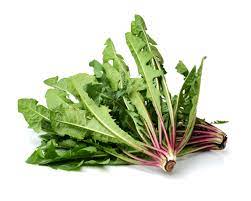
From root to flower dandelions are loaded with nutrients. Specifically, dandelion greens are an excellent source of vitamins A, C, E, K with small amounts of B vitamins. They also contain folate and several minerals including iron, calcium, magnesium and potassium. Additionally, dandelions contain high levels of the antioxidant beta-carotene and polyphenols, which may significantly reduce inflammation. Dandelion greens may also reduce sugar levels, cholesterol and blood pressure. If that’s not enough, dandelion is also said to boost your immune system, support healthy bones, digestion and liver health.
Watercress
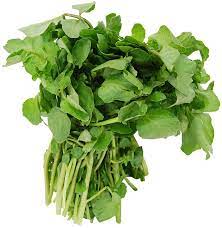
Watercress is particularly rich in vitamin K. In fact, a cup of watercress provides over 100% of the RDI for vitamin K. This could be why, the CDC (Center for Disease Control) ranked watercress number one on their list of Powerhouse Fruits and Vegetables. The glowing accolades of watercress may also be attributed to it’s antioxidant or phytochemicals content responsible for lowering the risk of heart disease and certain types of cancer.
Collard Greens
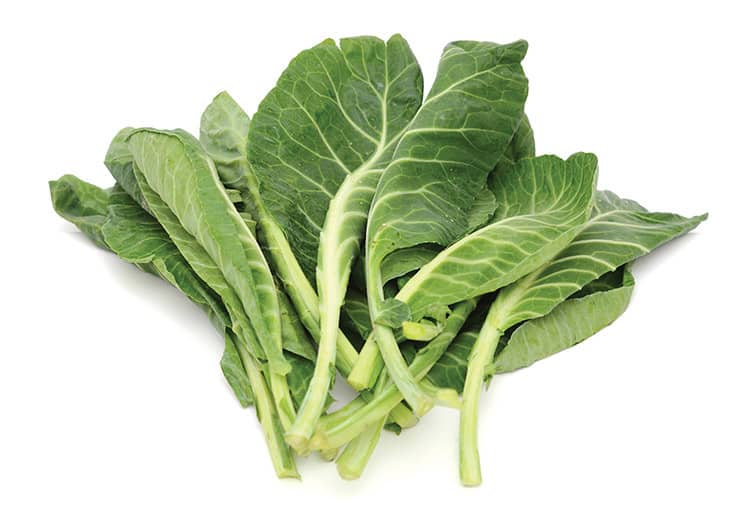
Collard greens is another vegetable that has a particularly high vitamin K content, providing a whopping 770 micrograms per cup. Collard greens are additionally an excellent source of vitamins A, B-6, C, and K. It’s also a good source of calcium, iron, and magnesium. According to MedicalNewsToday collard greens may even improve sleep and moods by way of its’ choline content, which is an important neurotransmitter.
Romaine
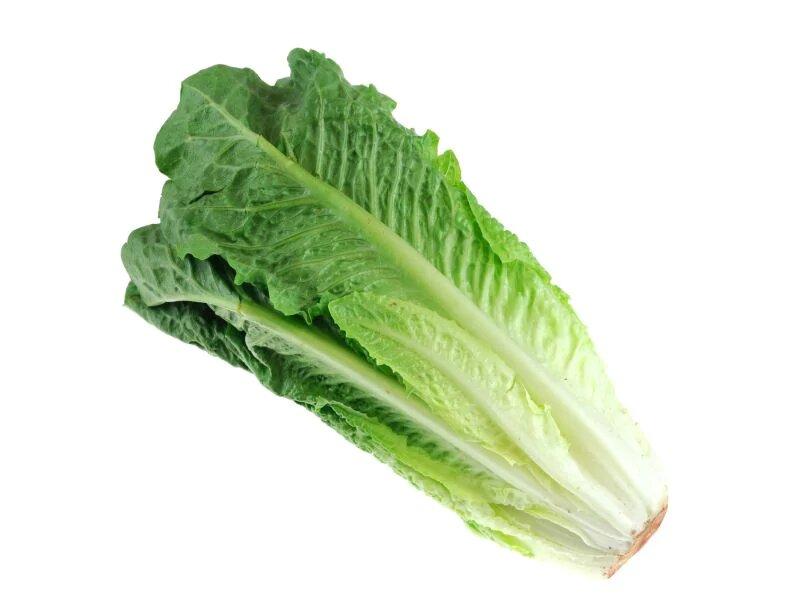
Romaine lettuce is packed with vitamin C, vitamin K, and folate. It’s also a good source of beta carotene (which converts into vitamin A in the body). Additionally, romaine lettuce is high in minerals such as calcium, phosphorous, magnesium, and potassium. Due to it’s high nutrient density romaine lettuce offers a range of health benefits. It’s high antioxidant content plays a key role in balancing and maintaining many systems in the body. As such it boosts the body’s ability to ward off diseases like cancer, cardiovascular disease, Alzheimer’s, Parkinson’s, cataracts and age-related macular degeneration. Romaine lettuce also has high potassium content which helps with heart and circulatory health.
So as you can see not all lettuce is healthy. However, most are very nutrient dense and very beneficial. So when you prepare your next salad bowl be sure to mind your lettuce. The darker the green, the better the nutrient density.
What’s your favorite type of lettuce? Cooked or raw?
